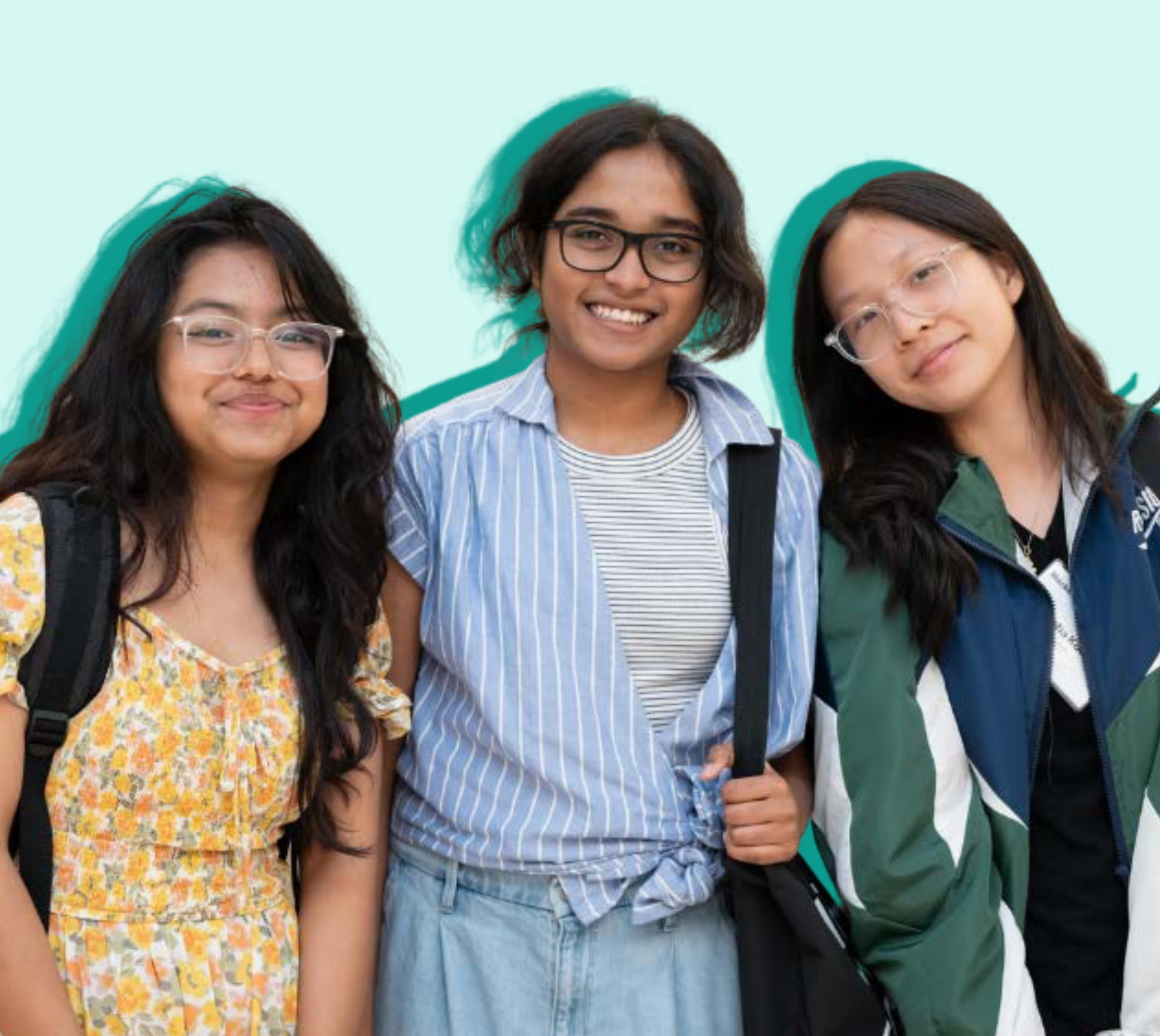Research Indicates Girls Who Code Virtual Programming Enormous Success, Especially for Black, Latinx, Low-Income Students
Amid reports of virtual education shortcomings nationwide, Girls Who Code programming delivers in U.S. and abroad
Data show virtual coding programs were as effective as in-person programs
“This is a win for our girls, for virtual education, for our country,” says CEO Reshma Saujani
NEW YORK (September 28, 2020) – Girls Who Code, the international non-profit leading efforts to close the gender gap in tech, today released outcome data for the organization’s first-ever virtual coding summer program—which served 5,000 girls around the world, more than half of them Black, Latinx, low-income.
According to the data, virtual coding programs—in states across the country, including Puerto Rico and Washington D.C. and internationally in Canada, Egypt, India, Morocco, Turkey, and the U.K.— were as effective as in-person programs the year prior. Moreover, the program saw equally strong outcomes for Black, Latinx, and low-income students, who are historically left behind by remote instruction.
- Students who participated in the virtual program were just as likely to be interested in pursuing a tech career as those who participated in in-person programming.
- Black, latinx, and low-income students who participated in the virtual program were just as likely to be interested in pursuing a tech career and continuing computer science education as those who participated in year’s prior in-person programming.
- These early indicators suggest that virtual program graduates are on track to go on to major in Computer Science or related fields at 15X the national average.
“Girls Who Code transformed our in-person summer coding programs to a virtual offering in a matter of weeks, making it our highest priority to serve the most vulnerable girls—the same girls who were impacted the most by school closures in the spring,” said Reshma Saujani, founder and CEO of Girls Who Code. “We choose to embrace virtual education not as a temporary means to an end—but as though it’s here to stay. And we’re thrilled to report that it worked. This is a win for our girls, for virtual education, for our country.”
The organization’s virtual two-week Summer Immersion Program model took into account issues of accessibility facing the hardest-to-reach girls—such as WiFi, hardware, and living circumstances. It also incorporated best practices in digital learning, including shorter days, live and asynchronous instruction, small group work and project-based learning, and office hours.
In the new model, girls gained skills in HTML, CSS, JavaScript, and more. The two-week program also included virtual engagements with Girls Who Code corporate partners, such as video chats with senior women in technology and virtual resume workshops.
“Half the girls we serve are Black, Latinx, or low-income. They live in our most densely populated cities and in our most rural parts of the country. They are caregivers, babysitters, and—in some cases—working hourly as essential employees at local grocery stores or hospitals to keep up
the household income,” said Dr. Tarika Barrett. “We adapted for them. We completely redesigned and redeployed our program, while keeping in mind the realities of accessibility for the communities we serve.”
Girls Who Code has released three programs in total to support girls and young women since the start of the COVID-19 pandemic: the Summer Immersion Program; Girls Who Code at Home, free downloadable coding activities; and Girls Who Code Talks, a free virtual video series for young women featuring experts in career counseling, college admissions, wellness, and more.
About Girls Who Code
Girls Who Code is an international non-profit organization working to close the gender gap in technology and change the image of what a programmer looks like and does. With their 7-week Summer Immersion Program, after school Clubs, and College Loops program, they are leading the movement to inspire, educate, and equip young women with the computing skills to pursue 21st century opportunities. Girls Who Code has reached 300,000 girls to date through its programs and 500 million people through campaigns, advocacy work, and New York Times best-selling series.
To join the movement or learn more, visit girlswhocode.com. Follow the organization on social media @GirlsWhoCode.
Contact
[email protected]


